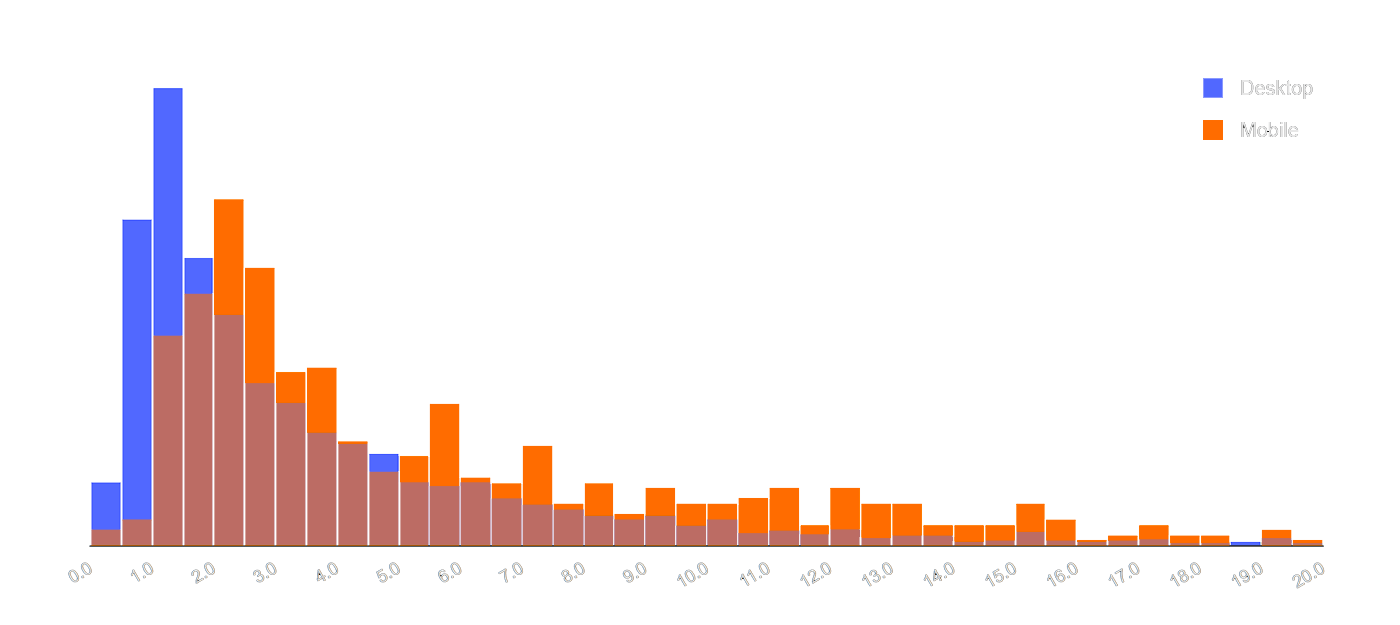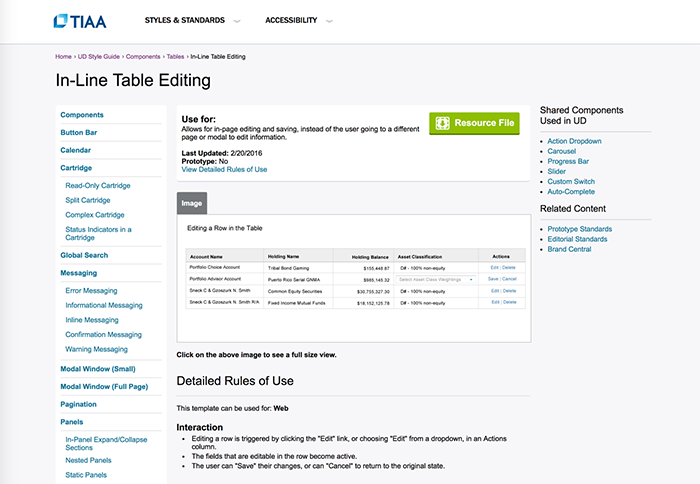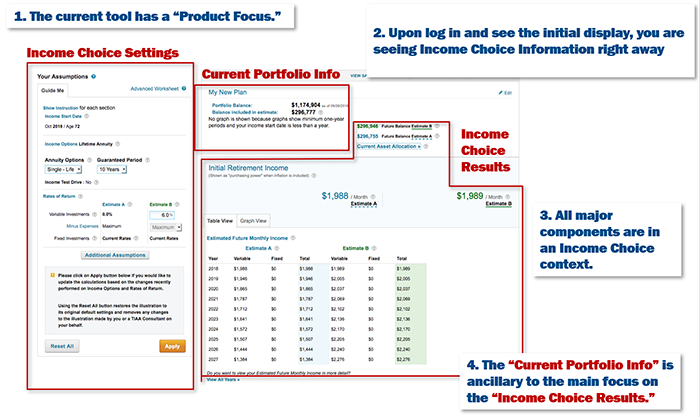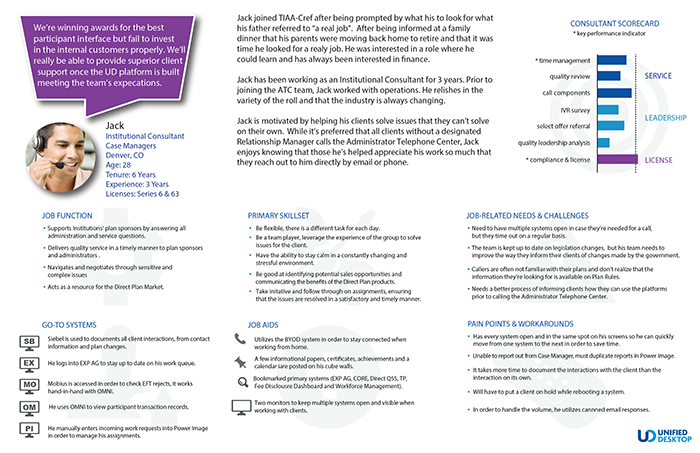Digital advice tools within TIAA give participants personalized service and guidance to make smarter retirement investment decisions. Digital Advice tools have two faces; the external, customer facing branded B2C experience, and a complimentary internal facing support application. The internal web app is called the Unified Desktop. It aggregates all legacy systems into one dashboard and tool suite.
Approach
The unified desktop represents the complete range of available functionality to internal audiences, which we define and design with our business partners. This allows us to define the subset of functionality that needs to be made available to external customers. I then work with visual designers and IAs to create the experiences that will be exposed to customers in a fully branded external secure site.
Goals
For the Unified Desktop aspect of TIAA’s digital advice tools, the goal is to reduce onboarding and time spent training users on complex systems. Further, to increase accuracy, compliance and maximize the number of clients served. The key is to design experiences that are predictable and consistent; delivering effortless interactions. Effortlessness results in reduced duration per service task, which is a measure of support team financial efficiency. This task efficiency in turn, also increases support capacity.

Key Findings
To accomplish this goal at scale, all design support systems are optimized for the unique needs of B2B users. Support systems such as style guides and accessibility standards were updated to ensure the appropriate flexibility and style boundaries are obtained company wide. Design framework included data visualization standards that encompass large multi-nested databases for viewing, filtering, and sorting. The apps themselves are also shown in distilled views, enabling one-page app display including the minimum required datasets used to support the consumer facing apps.
Solutions
I listened to recorded users’ phone calls with clients while interacting with our tools and observed the way client requests are managed by our users. I ascertained the steps they had to go through to manage the client request using our system. Screen actions were simultaneously recorded. We then interviewed users and discussed the nature of contextual operational workflow items that may also impact the client interaction. It’s not always possible to have this sort of interaction, but it is critical for B2B design.
Phone calls according to industry convention are timed, with call duration-reduction a financially verifiable goal for a certain class of call. Providing objectively-and-subjectively-effective service was a parallel goal. The impact of interface design decisions was financially verifiable.
Impact
10
With the Unified Desktop, support platforms rapidly grew from 4.5 million topics to 45 million topics accessible with single sign-on versus signing on to 28 possible separate systems.
60
Average service wait times across both institutional support and participant support call centers dropped to 40% and 60% respectively of previous highs.
7.5
Average call durations dropped from 30 plus minutes to just under four minutes across national call centers, directly attributed to the Unified Desktop.
43
Separating the B2B and B2C Style guides generated efficiencies that dramatically reduced the number of iterations per delivered feature and average delivery durations, while allowing more consistent user experiences to be delivered to users of both domains.






